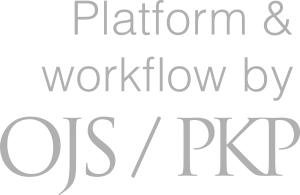Studies of Wooden Churches in Finland
Josef Strzygowski and Lars Petterson
Abstrakti
In this article the question of how studies of wooden churches in Finland were influenced by Strzygowski, one of the most important European art historians of his day, is also of interest from the perspective of Finnish art history. Discussion and growing interest in the old wooden church building tradition is traced in particular in the work of Lars Pettersson (1918–1993), who began his career in art-historical research in the late 1930s. Throughout his career, Pettersson studied historic wooden churches and chapels in both Finland and Russian Karelia. With reference to a few selected examples concerning the cross-plan churches of Petäjävesi and Ruovesi, my article focuses on how Pettersson’s studies reveal an alternating dialectic of acceptance of and opposition to Strzygowski’s views and ideas. A comparison of their methods reveals a number of similar trains of thought. This cannot be just a coincidence, since Pettersson was already familiar with several studies by Josef Strzygowski when he was writing his master’s thesis. Pettersson’s work as a researcher was naturally influenced by many other factors, such as working for several years for the State Archaeological Commission and the role of the Swedish architect and Professor Erik Lundberg as his doctoral supervisor. It is nonetheless necessary to consider Strzygowski’s and Pettersson’s shared methods of art-historical research which their contemporaries regarded as important.Tiedostolataukset
Julkaistu
2016-08-17
Numero
Osasto
Artikkelit
Viittaaminen
Suominen-Kokkonen, R. (2016). Studies of Wooden Churches in Finland: Josef Strzygowski and Lars Petterson. Tahiti, 6(4). https://tahiti.journal.fi/article/view/85642







